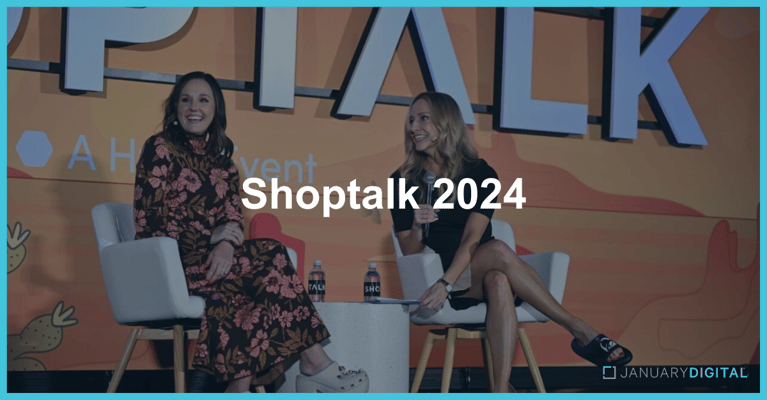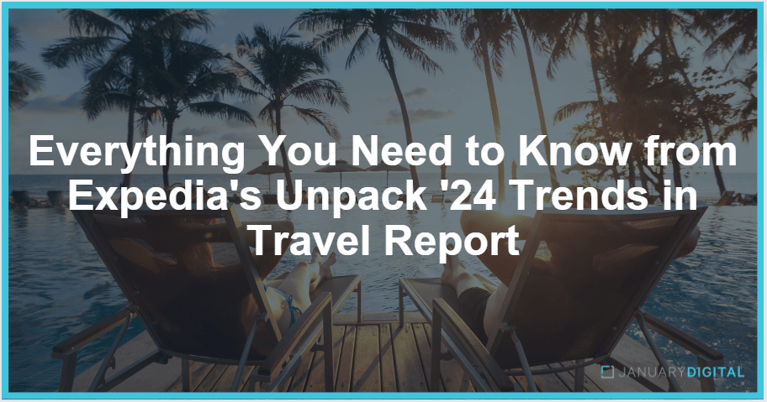If there’s been a consistent drumbeat in digital marketing news for the past few years, it’s been about cookies crumbling and the inevitable end of the third-party cookie. While Google just pushed that end date back again – now stated to be by the end of 2024 – now is the time for brands to proactively plan for success in a post-cookie world.
As the sun sets on third-party cookies, first- and zero-party data will inevitably become brands’ new digital currency, as this type of data offers brands control.
First-party data refers to data that brands collect as consumers interact with a brand by browsing the brand’s website and purchasing products, while zero-party refers to data that consumers intentionally give the brand, including filling out feedback surveys or signing up for loyalty programs. While first-party data is a must to survive the future, having robust zero party data is a sign your brand is effectively building a community and is on track to be a leading brand.
However, building a first- and zero party data strategy for your brand requires long-term planning, authenticity, and diligence in how your marketing team operates, what you’re your organization values, and how you communicate with customers. Are you prepared?
The cookies are crumbling
Digital used to be an easy place for brands to grow their customer base if they had digital or e-commerce channels. Those days are over because of how mature, expensive and crowded the market has gotten over the past two years.
Consequently, consumers now expect brands to be smart enough to engage with them in a 1:1 capacity. They also expect brands to nurture personalized relationships.
If you're just taking a customer's order without having a structure for creating that 1:1 relationship, you are likely losing out to your competition and are not adequately set up to succeed in the future digital landscape.
The digital data currency checklist
To understand if your brand is structured to deploy a successful first- and zero-party data environment, use the following checklist as a gauge for your digital maturity:
- Acquisition – This is the first step for brands in working toward a first- and zero-party data environment. Your brand likely has a customer acquisition strategy in place already, but if it just stops at acquisition, it’s not set up to succeed in the new digital data currency world. The time is now to plan what happens post-acquisition.
- Retention – Zero- and first-party data helps brands establish a direct connection to customers that most accurately explains their paths to purchase. In the retention phase, brands need to establish a strategy for how they will use this data to understand who their consumer is and what attracted them to the brand to establish a unique relationship.
- Loyalty – Once a relationship is created, it’s time to nurture it. Zero- and first- party data allows a brand to personalize content on site and in marketing campaigns, showcasing that you understand who your consumer is and you value their relationship.
Setting up for the new digital currency
Depending on where your brand landed along this checklist, there are a few critical steps you can start putting in place to prepare for success.
In the short term, begin by adapting any paid media to be contextually and creatively focused to build campaigns that allow your brand to have phenomenal contextual alignment with your consumer. As well, consider diversifying your media mix to test additional channels of engagement to gauge effectiveness against your future data strategy.
In the long term, begin by adequately allocating your data. It’s easier said than done, and this is where a lot of brands can fall behind if they do not have the resources internally to effectively use their data. For example, they may have gathered the data, but if it’s not in any type of clean or organized manner and they do not have the resources available to structure it. Having a strategy in which brands marry first- and zero-party data with identity resolution and predictive audience tech (such as a customer data platform) will be key to staying ahead in marketing.
The new data currency
It’s time to think about the new digital data currency and where your brand stands in digital maturity. A first- and zero-party data strategy allows you to think longer term and gives you the ability to prepare your brand to succeed and build true relationships with customers.




